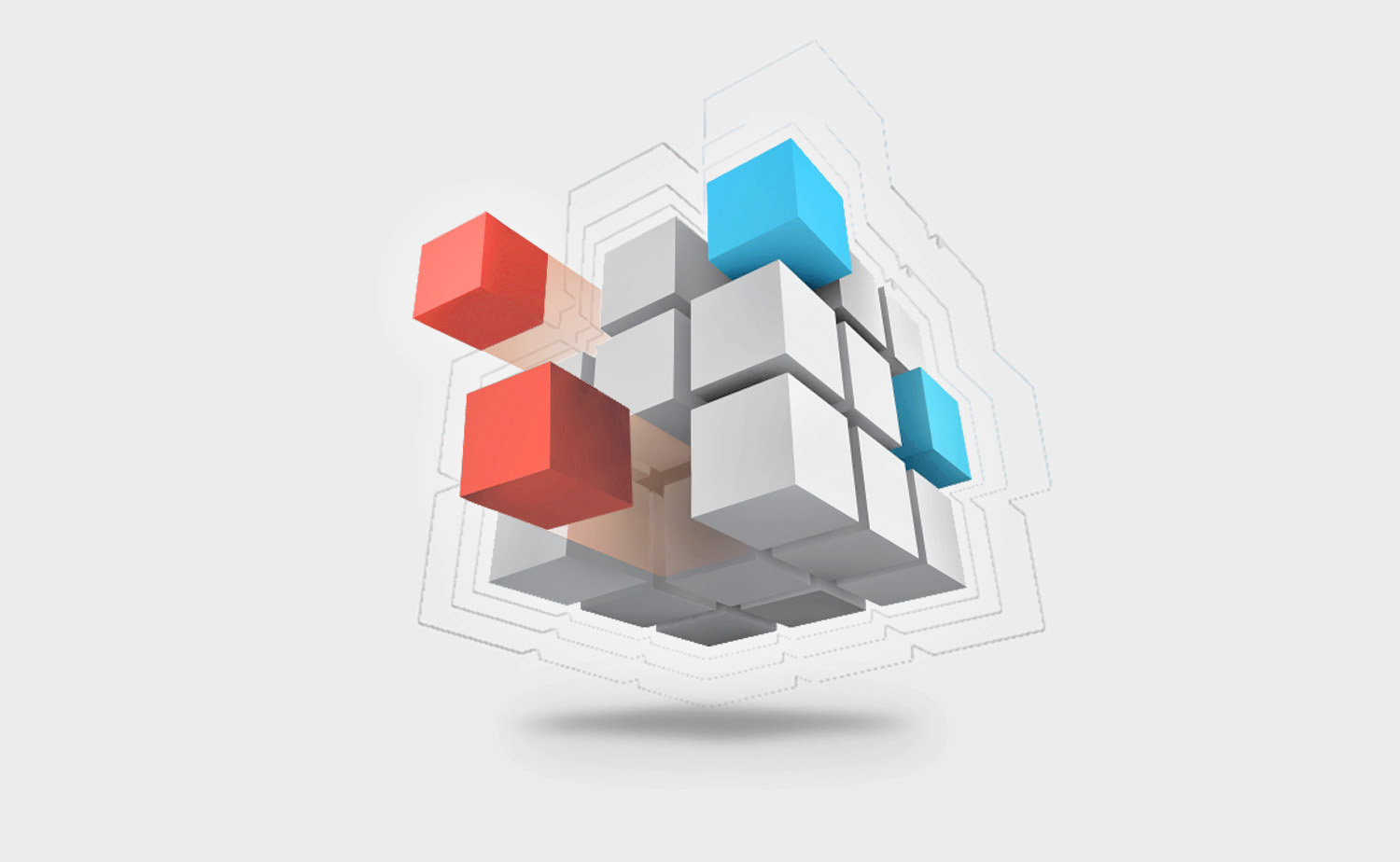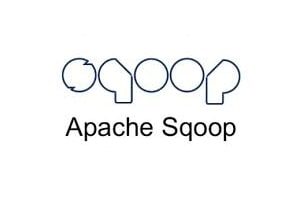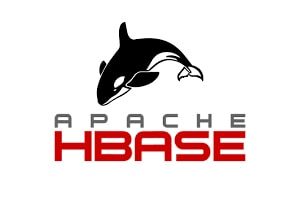The term Big Data is on everyone’s lips today. It refers to both structured and unstructured data generated and obtained by a business as a result of its transactions on a day-to-day basis and through everyday activities. Expert analysts unanimously tend to claim that it’s not the amount of data which plays a major role but the way businesses deal with it and use it. Big data is always full of potential for insights and hidden facts about the business performance and marketing environment.
In this article, we would love to go deeper into the subject of big data analytics with the help of two BI technologies: OLAP and Hadoop.
What Is Big Data?
Big data is considered to be too vast and intricate to be processed with traditional software applications, The main challenges of big data analytics encompass such issues as data storage, it's capturing, analysis, transfer, sharing, querying, visualization, updates, and many others. And although big data may cause certain impediments on the way to successful and prompt business and data management, its amount is relevant depending on the organization. This way for some organizations hundred gigabytes of data may provoke a trouble forcing them to look for new data management tools, whereas for the others the same amount of data may be absolutely fine to keep them confident and satisfied with the current software tools (such as OLAP for instance).
Why Use It?
Big data is mainly applied to user behavior analysis, predictive analysis, and other sophisticated data analytics techniques which contribute to attaining value from day-to-day information exchange. Due to big data, it’s possible to discover parallels in business trends, marketing flows, the perception of a brand, and customers behavior. End-users are free to use it for what-if analysis, reporting, forecasting, etc.
The data can be taken from any sources available; after its extraction, it can be examined to help solve the issues connected with costs, terms, product development, new offers, and smart decisions. Big data analytics is also a great key to the aspects such as:
- actual reasons for breakdowns in business;
- finding the best way to attract customers when it comes to the brand launch or promotion;
- relocation, decentralization, and other significant changes and shifts within a company;
- disclosure of dishonesty and counterfeiting in and out of the company;
- complex reporting available in minutes without burdening multiple specialists or departments.
Does OLAP Suit?
Nowadays the variety of data sources has significantly expanded. Data today may encompass multiple types such as pdf, txt, doc, jpg, mp3, mp4 files and others all being possible to sort, classify, and analyze. When it comes to choosing a tool for all that, OLAP is considered to be one of the main technologies to handle data with regard to analysis and reporting. OLAP is still in high demand as it successfully responds to the needs of budgeting, forecasting, what-if analysis, planning, and others.
Although a traditional OLAP solution isn’t able to handle Big Data. Particularly, OLAP is not scalable enough, there are connector cartridge ins and outs, dimension processing limitations, distinct count aspects, etc. Thereby multiple organizations today are willing to offload their data issues connected to data sources and types by tying OLAP and Hadoop.
Accelerating OLAP with Hadoop
What Is Hadoop?
Apache Hadoop is a group of software tools aimed to assist in the progress of computer problem-solving processes. It delivers a software framework processing Big Data and distributing its storage. The modules of Hadoop are developed with an idea that hardware breakdowns are commonplaces which should be managed by the framework.
What Is Hadoop’s Principle of Work?
Hadoop divides files into big chunks and allocates them across several nodes in a cluster. Afterward, it transmits JAR files into nodes so that to process the data simultaneously. Such steps taken ensure locality of reference (also known as the principle of locality), high processing speed, and steep efficiency.
Hadoop tools
Apache company also developed additional tools to improve work with Hadoop even more. There are three top of them:
Hive
Apache HIve is an infrastructure which provides data analysis, summarization and querying for such systems as Hadoop. It uses SQL queries and supports queries in the HiveQL language, which automatically translates SQL-like queries into MapReduce jobs executed in Hadoop. Hadoop Hive OLAP integration is also possible.
Sqoop
This big data tool helps to extract data from non Hadoop sources, transform it into form suitable for Hadoop and after that load it into HDFS (Hadoop Distributed File System). It supports incremental loading of a separate table or an arbitrary form SQL query, as well as saved tasks that can be run several times to import updates made to the database since the last import.
HBase
Apache HBase is an open source database that runs on top of Hadoop as a distributed and scalable big data repository. HBase can use Hadoop distributed file system processing as well as OLAP Hadoop HBase variant is possible.
OLAP on Hadoop As an Enhanced BI Tool
Sometimes you can meet OLAP vs Hadoop contradiction, however those two systems are not competitors but partners. Now numerous businesses and organizations are implementing the OLAP technology on Hadoop tools where the former is required with a view to ensuring the right level of scalability, granularity, and flexibility. Due to such an approach to big data management, end-users have an opportunity to examine and analyze large volumes of the data, draw up reports on it over big periods of time with better detailing and through combining all possible data sources and types rather than while using merely OLAP. Consequently, there is a bigger probability to gain meaningful business insights. OLAP on Hadoop provides seamless and transparent data analytics without a need to terminate day-to-day activities. Thereby, using Hadoop and OLAP solutions together, end-users don’t have to change the tool they are used to for reporting.
Advantages of using OLAP on Hadoop
Let’s overview deeply what can we get using OLAP engine on Hadoop:
- Reduce data latency
OLAP on Hadoop engines analyze data stored in Hadoop and converted it to cubes on demand. Data does not need to be first converted to physical cubes. Queries are processed by converting them into queries executed directly on the Hadoop platform. As a result, users can analyze data without delay.
- Scalability of data storage and processing
Being a storage system Hadoop allows storing and analysing unlimited data amounts. In a simple OLAP system, for instance, data amounts for analysing is limited as it is restricted by the cube size.
- Easily improvable
OLAP on Hadoop cubes are not physical, their structure and content can be changed very easily and quickly. If you need to change a cube, you only need to change the definition. There is no need to physically rebuild cubes and recalculate all predefined and summarized data. Simply change the definition of the cube to suit your needs, and the cube can be analyzed.
Overcoming Challenges
Most commonly it is usual to pull the data from Hadoop into a data mart and examine it already there. Even though data transferring from one database to another often brings about delays and scalability limitations especially when comes to the data volume to be handled.
There is today a plenty of solutions appearing on the market intended to tackle this issue about the data transfer. For instance, there are tools which exploit an approach where it is not needed to move the data into an extended data mart as it is possible to provide the very data with analytical capabilities.
From our perspective, the best and most efficient way to accomplish it is to deliver the OLAP technology precisely on Big Data, harnessing the advantages of Hadoop infrastructure which facilitates the load for OLAP analytics. The tools exploited by end-users can be linked to the OLAP layer which will boost performance.
Top questions about OLAP and Hadoop
1. What is Hadoop and its use?
Hadoop is a group of the most popular open source big data tools. This group of software tools aimed to assist in the progress of computer problem-solving processes. Hadoop divides files into big chunks and allocates them across several nodes in a cluster. Afterward, it transmits JAR files into nodes so that to process the data simultaneously. Such steps taken ensure locality of reference (also known as the principle of locality), high processing speed, and steep efficiency
2. What is the effect of Hadoop on OLAP performance?
Using OLAP on Hadoop the end-users have an opportunity to examine and analyze large volumes of the data, draw up reports on it over big periods of time with better detaling and through combining all possible data sources and types rather than while using merely OLAP.
- There are following benefits they can get:
- Data latency reduction;
- Scalability of data storage and processing;
- Possibility of easily program improvements.
3. Can Hadoop work for OLTP?
The answer is no. OLTP is more related to RDBMS, and Hadoop is no replacement for that. As well as it doesn’t provide a random access to stored data.
Conclusion
The good thing about connecting Hadoop to OLAP is that Hadoop’s environment is being developed more and more these days and a lot of useful and helpful features are becoming available. This ensures the return on the organization’s investment and substantiates the adoption of the technology.








